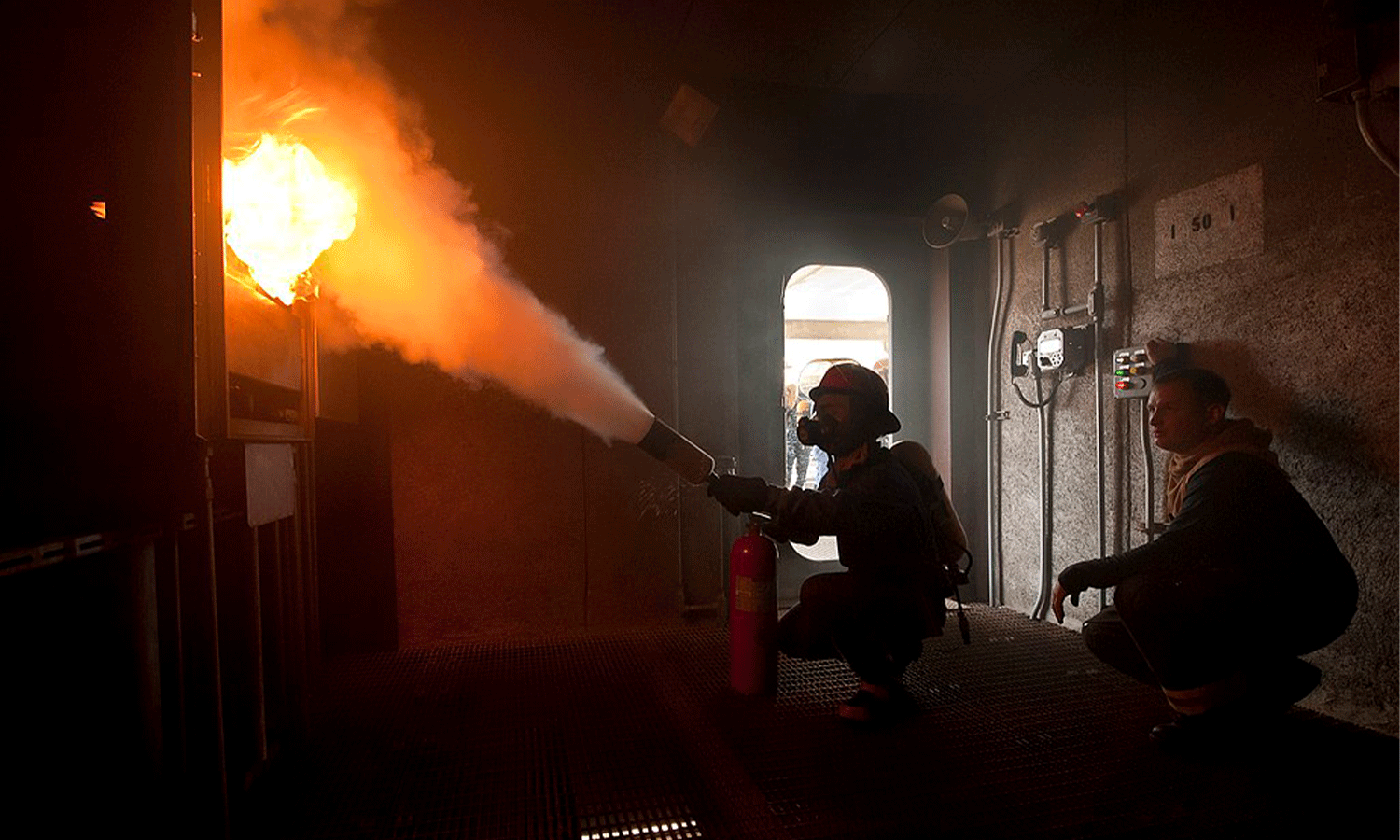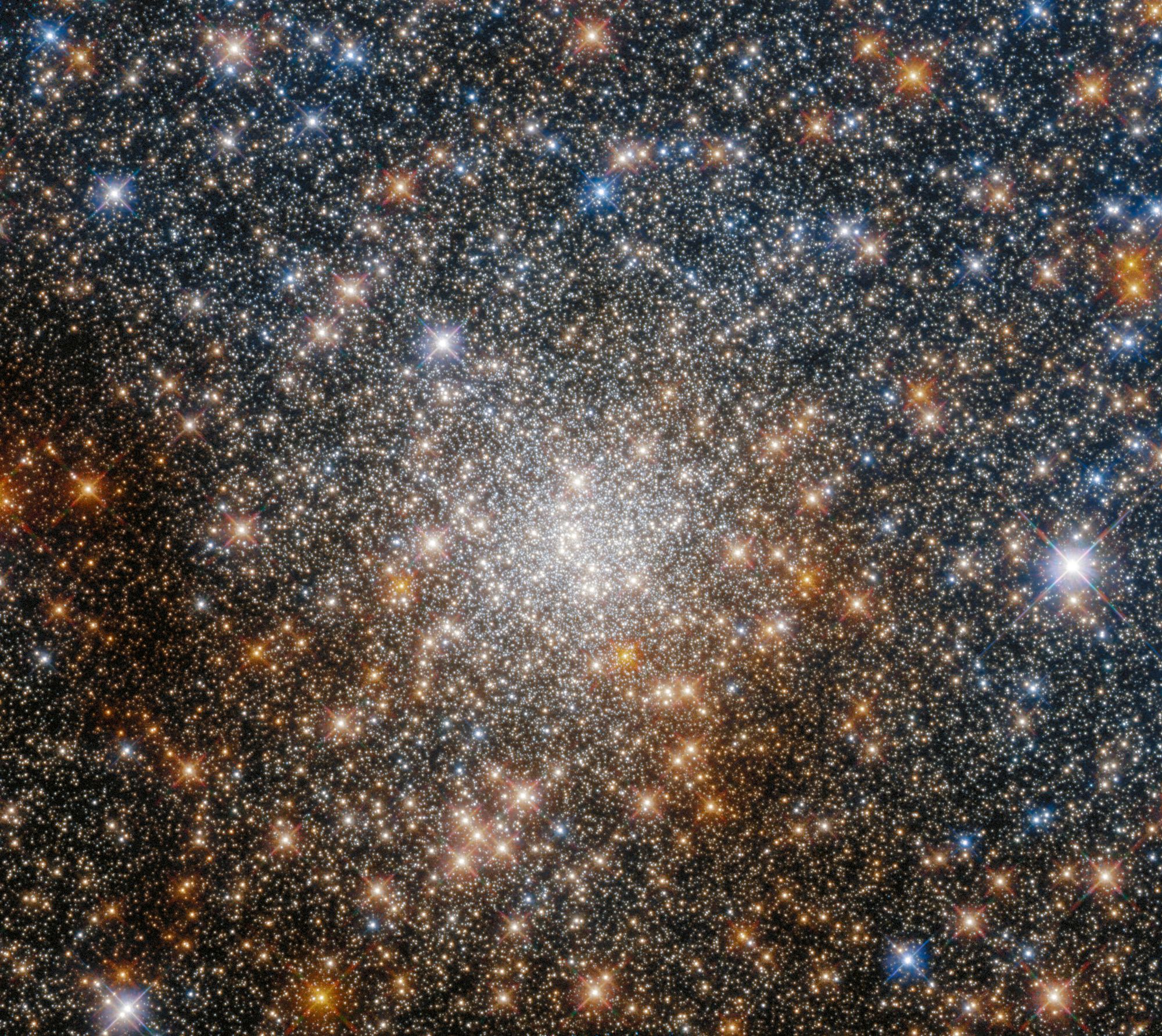4 Artificial Intelligence trends noticed in the Banking sector
IBS Intelligence By Joy Dumasia

Artificial Intelligence (AI) has been around for a long time. AI was first conceptualized in 1955 as a branch of Computer Science and focused on the science of making “intelligent machines” machines that could mimic the cognitive abilities of the human mind, such as learning and problem-solving. AI is expected to have a disruptive effect on most industry sectors, many-fold compared to the internet over the last couple of decades. Organizations and governments worldwide are diverting billions of dollars to fund research and pilot programs of applications of AI in solving real-world problems that current technology is incapable of addressing.
What are Bitcoin covenants, and how do they work?
Cointelegraph By Emi Lacapra

A covenant is used in private property law as a contract to restrict an object’s use, for example, the interdiction to extend a building or change a facade's color.
Since Bitcoin is private property, the term covenant seems perfectly fitted to indicate restrictions on its transactions. You have ownership of the property but can be limited in what you can do with it.
Specifically, Bitcoin covenant proposals restrict how a coin can be spent after you bought it and where coins can be transferred. These restrictions can be compared to those that banks might place on specific merchants suspected of engaging in illicit activities.
Covenants can be useful to upgrade Bitcoin; however, since they are complex to implement and trigger controversy over the cryptocurrency’s fungibility and censorship-resistant property, they have not been seriously considered for inclusion in Bitcoin for a long time.
What Firefighters Can Teach Us About Preparing The Grid For Extreme Weather
CleanTechnica by Guest Contributor

Preparing for emergencies and preventing disasters requires planning, equipment and communications. This is true for fighting fires and for keeping the electric power system operating in extreme weather.
Firefighters have strategic plans regarding territory to address, as well as operational plans. Equipment includes fire trucks, protective gear and hoses. First responders need to share communications, so they can coordinate when an emergency requires more than just one department. This happens routinely where fire departments from multiple towns respond to a multiple alarm fire and provide mutual aid.
Electric utilities also have mutual aid agreements, equipment for generating and delivering electricity, and lots of planning. Preparing the grid to operate under extreme weather depends on all these things. In recent years, policymakers and planners have begun dealing with the impacts of extreme cold and extreme heat. This, rather than the damage to wires and resulting power outages from tornados, floods and hurricanes, is the subject of new attention.
3 Minute Read →
🌙 NASA - Best Photo from Last Week
A Sea of Stars Like Sequins

The Hubble Space Telescope captured this glittering scene using its Wide Field Camera 3 and Advanced Camera for Surveys.
Globular clusters are stable, tightly bound groups of tens of thousands to millions of stars. As this image demonstrates, the hearts of globular clusters are densely packed with stars. Terzan 9 is dotted with so many glittering stars that it resembles a sea of sequins.
This starry snapshot is from a Hubble program investigating globular clusters located toward the heart of the Milky Way, in which its central region holds a tightly packed group of stars known as the galactic bulge, an area rich in interstellar dust. This dust makes globular clusters near the galaxy’s center difficult to study, as it absorbs starlight and can even change the apparent colors of stars in these clusters. Hubble's sensitivity at both visible and infrared wavelengths allows astronomers to measure how star colors change due to interstellar dust. Knowing a star’s true color and brightness allows astronomers to estimate its age, and thereby estimate the globular cluster’s age.
Image credit: ESA/Hubble & NASA, R. Cohen
Last Updated: Jun 22, 2022
Editor: Yvette Smith
📚 Top 3 Book Summaries for the week
Disclaimer: None of the content in this newsletter is meant to be financial advice. Please do your own due diligence before taking any action related to content within this article.
Disclaimer: Unbound is reader-supported. When you buy through links on our site, we may earn an affiliate commission.





